Dysmorphophobia: description, signs of the disease and how to eliminate them
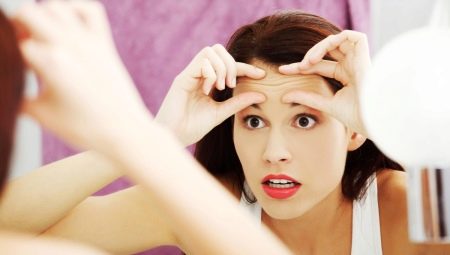
The appearance of each of us cannot be perfect, there will certainly be something that does not meet the standards (with perfectly straight legs, there may be a crooked tooth, and with an angelic face - extra pounds on the hips). Most people take this philosophically, accepting themselves as they were born. But there are people who are ready to correct natural bodily defects at any cost, while the result never fully satisfies them. These are dysmorphophobes. Dysmorphophobia is often called the "new plague of the 21st century."
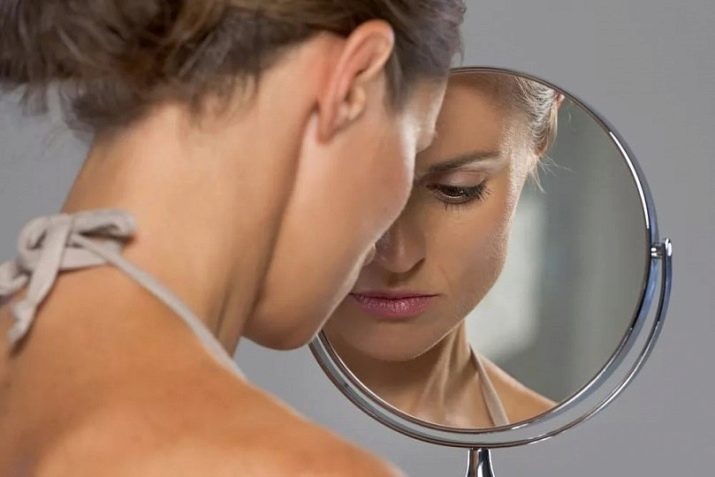
What it is?
Dysmorphophobia got its name from the fusion of the ancient Greek words "δυσ" (negative prefix), "μορφ?" (appearance, appearance) and “φ? βος "(fear, fear). This is a mental disorder in which the patient is excessively worried about his appearance, or rather, about its minor defects. It seems to him that a crooked tooth or an uneven line of the upper lip is sure to be seen by everyone around him, which literally causes panic horror in the dysmorphophobe. The defect itself is not always so in essence. Sometimes we are talking about nothing more than an individual feature of the appearance - a mole on the face, wide wings of the nose, a special cut of the eyes.
The disorder develops gradually, and usually body dysmorphophobia first starts in adolescence. Teenagers are known to be more attentive to their own body characteristics. Both women and men are equally susceptible to the disease. At whatever age dysmorphophobia manifests itself in a person, she is considered the most dangerous of phobias for the very reason that more often than other disorders she pushes a person out of dissatisfaction with her appearance to suicide.
It is difficult to find a person who would be completely satisfied with his appearance, who could honestly say - yes, I am a handsome man and a standard (this is another story, which in psychiatry is called delusions of greatness!), But usually our shortcomings (moles, breast shapes, or ears) do not greatly affect performance, study, or normal daily life.
Dysmorphophobe is distinguished by a hypertrophied perception of his “defective part of the body,” and this prevents him from leading a normal life - to work, study, interact with society, and build personal relationships.
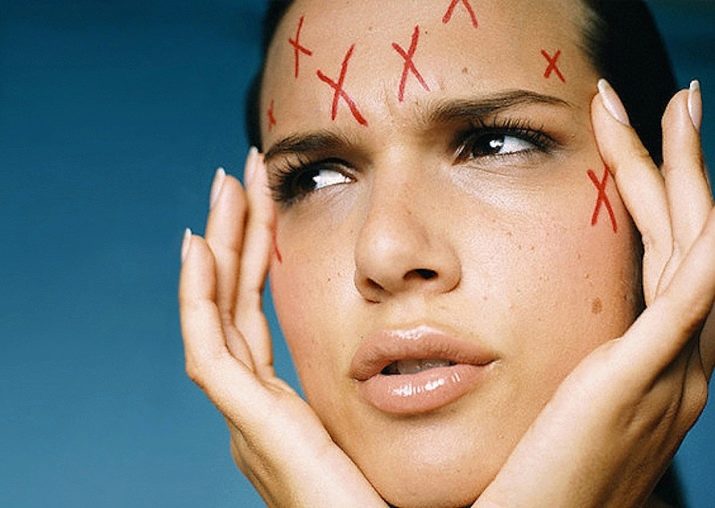
The International Classification of Diseases (ICD-10) does not consider body dysmorphic disorder as a separate disorder, referring it to hypochondriac syndrome. But already ICD-11, which will soon replace the tenth version of the International Classifier of Diseases, contains a reference to dysmorphophobia as a separate mental disorder of the obsessive-compulsive type.
The term itself was proposed by Italian doctors in 1886. So, psychiatrist Enrico Morselli described several cases when pretty, attractive women considered themselves so ugly that they refused to marry, to appear in public, because they were afraid that everyone would laugh at them.
Quite often, classical dysmorphophobes are perceived as eccentric representatives of the human race, who, in the opinion of the majority of the people around them, strive to stand out, “show off”. This is actually not the case. The dysmorphophobe is driven by other motives - he is pathologically afraid that he will become a laughingstock, because in his understanding of his appearance flaws are so large and serious that they make him a real freak.

Obsessions (obsessive thoughts) and compulsions (compulsive actions) are common in a person with this disorder. Thoughts that do not allow to live in peace, push a person to certain actions that temporarily bring relief from thoughts. So, a dysmorphophobe can look at himself in the mirror for a long time or, conversely, be afraid of mirrors and his own reflection in them, avoid any places where there might be mirrors. If a person has an obsessive thought that he has uneven skin, he can rub scrubs and peels into it for hours (this will be a compulsion action), while his own skin will suffer and bleed.
In severe cases, the patient recognizes himself as a complete monster and generally refuses to go out, communicate with anyone. This is how a severe form of social phobia sometimes develops with a complete restriction of any social contacts.
German psychiatrists have estimated that approximately 2% of the population has the disorder to some extent (usually in mild form). These people are very critical of themselves, they may not love, hate certain parts of their bodies (nose, ears, legs, eye shape). In 15% of cases, patients with this disorder resort to suicide attempts. Among dysmorphophobes who voluntarily underwent a huge number of plastic surgeries, the number of suicide attempts is about 25%, and in case of violation of gender identification (when a person is not satisfied not only with his appearance, but also with the gender that nature has endowed him with), the probability of suicide rises to 30%.
Almost 13% of the mentally ill who are being treated in psychiatric hospitals show some or other symptoms of dysmorphophobia, but they have concomitant symptoms.


The main symptoms and their diagnosis
It should be noted that the diagnosis of dysmorphophobia is not an easy task even for practicing clinical specialists, so the disorder often goes unnoticed. It cleverly “disguises itself” as other mental illnesses. Therefore, dysmorphophobia is often diagnosed as "clinical depression", "social phobia", "obsessive-compulsive disorder." Women with body dysmorphic disorder may have significant eating disorders, resulting in anorexia nervosa or bulimia nervosa.Muscle dysmorphia is common in men, in which case the representatives of the stronger sex experience excessive anxiety about their muscles, which, in their opinion, are undeveloped.
And yet, there are certain criteria that allow us to talk about the presence of dysmorphophobia in a particular patient:
- the person is absolutely convinced that he has deformities, bodily abnormalities for at least six months;
- his own appearance and its "shortcomings" bother him much more than all other possible problems, anxiety about this grows, progresses, obsessive thoughts are not controlled by the patient himself, he cannot get rid of them;
- a person is persistently looking for ways to overcome his bodily disadvantages, often through plastic surgery, while he goes beyond all permissible boundaries;
- the assurances of others and the beliefs of doctors that the patient does not have gross defects in appearance that need correction, do not have a result - this does not convince him;
- concern about appearance prevents a person from leading a normal life, worsens his social communications, the quality of his life.

How to recognize a dysmorphophobe is difficult to answer unequivocally - the variety of symptoms is too great, but in most cases they are united by one thing - the size and significance of the defect, even if it is in appearance, are exaggerated. Experts have identified several common symptoms and signs that are characteristic of people with body dysmorphic disorder.
- Mirror sign - an obsessive need to constantly look in a mirror or any other reflective surface, while a person is trying to find such an angle at which he will look as attractive as possible, at which his lack will be invisible to others.
- Photo and selfie tag - a person categorically refuses to be photographed, and even tries not to take pictures of himself (does not take a selfie), because I am sure that in the pictures his shortcomings will become obvious, noticeable to everyone, and first of all to himself. Dysmorphophobe will find several dozen reasons to justify his unwillingness to pose for a photographer. Such patients usually try to avoid mirror surfaces - it is unpleasant to contemplate their own reflection.
- Sign of scoptophobia - a person is pathologically afraid of being ridiculed, becoming the object of a joke or tease.
- Disguise sign - a person begins to do everything to hide a flaw that seems insurmountable to him - he unnecessarily uses cosmetics, wears strange baggy clothes to hide his figure, does plastic surgery to correct flaws.
- Sign of over-grooming - self-care becomes an overvalued idea. A person can shave for a long time several times a day, comb his hair, pluck his eyebrows, change clothes, go on a diet, etc.
- Sign of concern about a defect - several times per hour, a person can touch a part of the body that is considered defective, if, of course, its anatomical location allows it. With loved ones, a person is often interested in their opinion on the lack, bringing others around to a nervous breakdown with their questions.

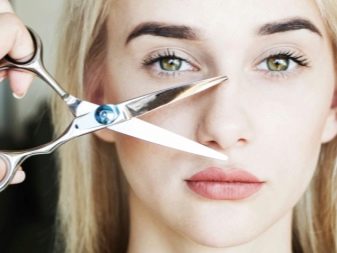
In adolescents, the onset of the disorder is usually often accompanied by a refusal to leave the house during daylight hours, it seems to them that in daylight their shortcomings will be visible to everyone and become public. Academic performance suffers, success in studies, work, extracurricular activities decreases.
Often people with long-standing and advanced body dysmorphic disorder try to alleviate their thoughts and condition by taking alcohol and drugs. They suffer from increased anxiety, they can have panic attacks, especially if someone catches them “unprepared”, not ready to meet or communicate - without makeup, a wig, the usual “camouflage clothes”, etc.
Dysformophobes have low self-esteem, often they have increased suicidal idealization.It is difficult for them to concentrate on work or study task for the reason that all thoughts are almost constantly occupied by a bodily deficiency. Often people with such a disorder compare their appearance with the appearance of their idol and these comparisons are always not in favor of the patient.

At the same time, people with body dysmorphic disorder are very curious about the methods of eliminating their possible "defect" - they are aware of the latest news of plastic surgery, they read special medical and pseudo-scientific literature, look for popular advice on how to cope with a defect. It must be said that even a series of plastic surgeries made to bring the appearance closer to ideal representations do not bring long-term and lasting relief - again it begins to seem that something is wrong, and a new operation has to be done.
It should be noted that not all turn to doctors for correction of "shortcomings". Sometimes, having no physical ability, financial resources, dysmorphophobes themselves try to put themselves implants, almost at home, to get tattoos in order to remove the defect on their own. Needless to say, such attempts often end very badly - blood poisoning, sepsis, death or disability.
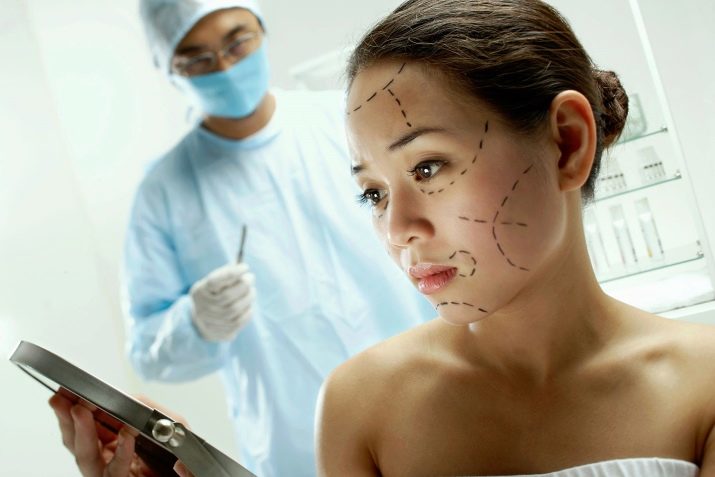
What do people with body dysmorphic disorder most often complain about? Plastic surgeons and psychiatrists have calculated and come to the conclusion that there are certain parts of the body that most often do not suit dysmorphophobes:
- about 72% of patients are dissatisfied with the condition of the skin;
- hair is disliked by 56% of people with this disorder;
- 37% of dysmorphophobes are not satisfied with the nose;
- in 20% of cases (plus or minus percent), patients express extreme rejection of their own weight, abdomen, chest, eyes and thighs.
The most rare complaints can be considered complaints about the shape of the jaw (occurs in about 6% of patients), the shape of the shoulders and knees (3% of patients), as well as the appearance of the toes and ankles (2% each). The delusional belief that appearance is flawed is often accompanied by a feeling of imperfection in several parts of the body at once.
The exact degree, stage of the syndrome can be determined by a psychiatrist after a conversation, tests and examinations of the state of the brain.
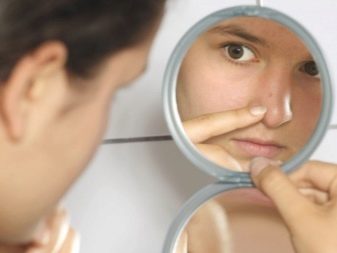

Causes of the disease
It is believed that the main cause of the disorder is a hypertrophied attitude towards one's appearance during adolescence. Gradually, guesses become confidence, a person is convinced that his attitude to his external data is fully consistent with reality. However, psychology describes the mechanisms of development of adolescent suspiciousness about appearance, but not all adolescents develop dysmorphophobia. Experts believe that the following factors affect the likelihood of illness:
- genetic endocrine disorders (decreased serotonin levels);
- the presence of obsessive-compulsive disorder;
- generalized anxiety disorder;
- hereditary reasons (every fifth body dysmorphophobe has at least one relative with mental illness);
- lesions of individual parts of the brain, their pathological activity.
It is believed that psychological factors can also affect the likelihood of developing body dysmorphophobia. If a teen is teased or criticized by peers, it can be a trigger that triggers a mental disorder. This reason is indicated by up to 65% of patients.

Upbringing, or rather its special style, can also become the root cause. Some moms and dads themselves attach great importance to the little things in the child's appearance, require him to pay close attention to the aesthetics of the appearance. If a child has the above biological (hereditary) factors, then just such a model of upbringing can grow a real dysmorphophobe out of an ordinary child. The root cause can be any psychological traumatic situation, including setbacks in personal life, sexual fiasco.
Separately, it must be said about the influence of television, the Internet, which contribute to the development of the disorder., demonstrating some standards of beauty - models, actresses with flawless or almost flawless external data, men with powerful biceps, presenting them as the first handsome men or sex symbols.
Individuals suffering from perfectionism, shy men and women, insecure, inclined to avoid something that frightens or upsets them, are more susceptible to body dysmorphophobia.
In the presence of a genetic predisposition, the disorder can develop in such individuals with any of the above factors.

Treatment methods
Cognitive-behavioral psychotherapy is considered the most effective way to treat dysmorphophobia today; this method helps to get rid of obsessive thoughts and form new ideas about your appearance in about 77% of cases.
Antidepressants may be recommended to fight the disorder more effectively - this group of drugs helps to exclude the depressive component of the state by normalizing the level of serotonin.
Treatment usually takes place on an outpatient basis. In psychiatry, it is also customary to pay great attention to rehabilitation and dispensary observation - the ailment is prone to relapse.
If there is no treatment, the mental disorder is aggravated, becomes chronic, it becomes quite difficult to overcome it, since concomitant mental ailments develop.









